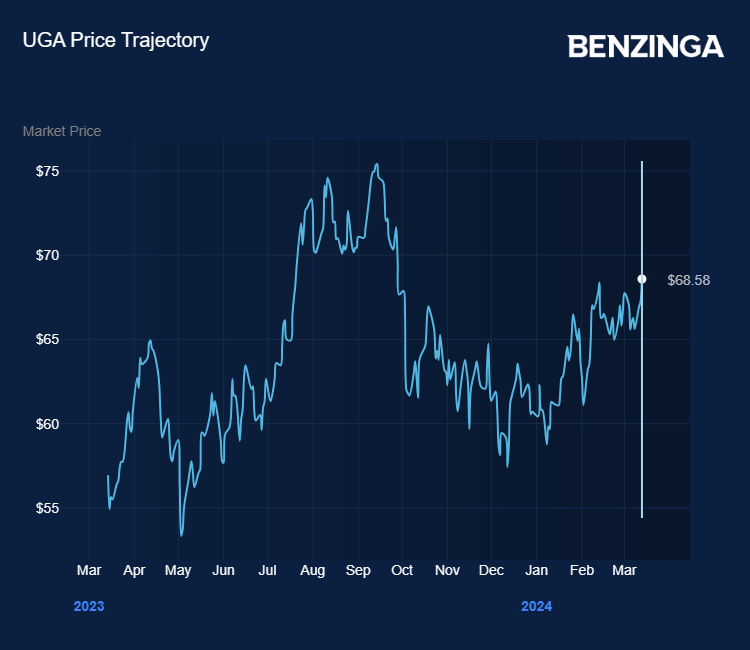Zinger Key Points
- Attacks coincide with Russian ban on gasoline exports.
- Crude and U.S. wholesale gasoline prices move higher.
- Don't face extreme market conditions unprepared. Get the professional edge with Benzinga Pro's exclusive alerts, news advantage, and volatility tools at 60% off today.
Ukraine drone attacks are increasingly targeting Russian infrastructure, and at the top of the list are oil and refining installations. Could this have a knock-on impact on gasoline prices in the U.S.?
In the last two days, two Russian fuel depots have been damaged — one critically — in separate Ukrainian drone and rocket attacks.
Industry sources, reported by Reuters, said the attacks left the crude distillation plant at Norsi so damaged that around half of the refinery’s output has been cut.
That’s significant, as the refinery is capable of producing 340,000 barrels of gasoline a day. That equates to 11% of Russia’s gasoline.
Also Read: Geopolitical Unrest Halts BP, Adnoc’s $2B Bid For Israeli Gas Firm
Russia Bans Gasoline Exports
The Kremlin already banned exports of gasoline starting on March 1, it said, to help lower high domestic prices and to coincide with spring maintenance and summer holidays.
Warren Patterson, head of commodity strategy at ING, said: “The announcement is not expected to have a large impact on the global gasoline market as Russia consumes most of the gasoline it produces.”
But, David Sheppard at the Financial Times posted on X on Wednesday: “Ukraine going after Russian oil refineries potentially reflects some understandable frustration with the West's soft-pedal approach to crimping Moscow's energy revenues.
“But if Russian refined fuel exports fall substantially, the impact on pump prices may become a headache for Joe Biden.”

He added that if Ukraine were to continue its attacks on Russian refineries and, depending on how successful the strategy, “take out enough gasoline capacity — at some point Russia would need to start importing.”
And if Russia needs to start importing, so would the countries it still supplies.
This could put pressure on OPEC+’s demand forecasts. The cartel expects increases of 2.25 million barrels a day in 2024 and a further 1.85 million a day in 2025, suggesting a potential surge in oil demand.
Market Reaction
After easing over the last week or so, crude oil prices were up on Wednesday following news of the Ukraine refinery strikes. Nymex West Texas Intermediate climbed 2.2% to $79.24 a barrel.
The United States Oil Fund USO, an exchange traded fund that tracks U.S. oil prices, was up 1.8% at $73.33.
Meanwhile, U.S. wholesale gasoline prices were also higher, with RBOB futures climbing 2% to $2.6355 a gallon. The United States Gasoline Fund UGA was 1.9% higher at $67.28.
Gas prices at the pump have remained relatively flat in recent weeks, averaging around $3.40 a gallon.
Patrick De Haan, analyst at Gas Buddy, said it won’t last.
“Most areas are nearing the finish line on the changeover to lower RVP summer-spec fuels, which will start flowing to retail in the weeks ahead, and with it, higher cost,” De Haan said.
Now Read: Fears Of Middle East Escalation As Israel And Hezbollah Clashes Intensify
Photo via Shutterstock.
Edge Rankings
Price Trend
© 2025 Benzinga.com. Benzinga does not provide investment advice. All rights reserved.
Trade confidently with insights and alerts from analyst ratings, free reports and breaking news that affects the stocks you care about.